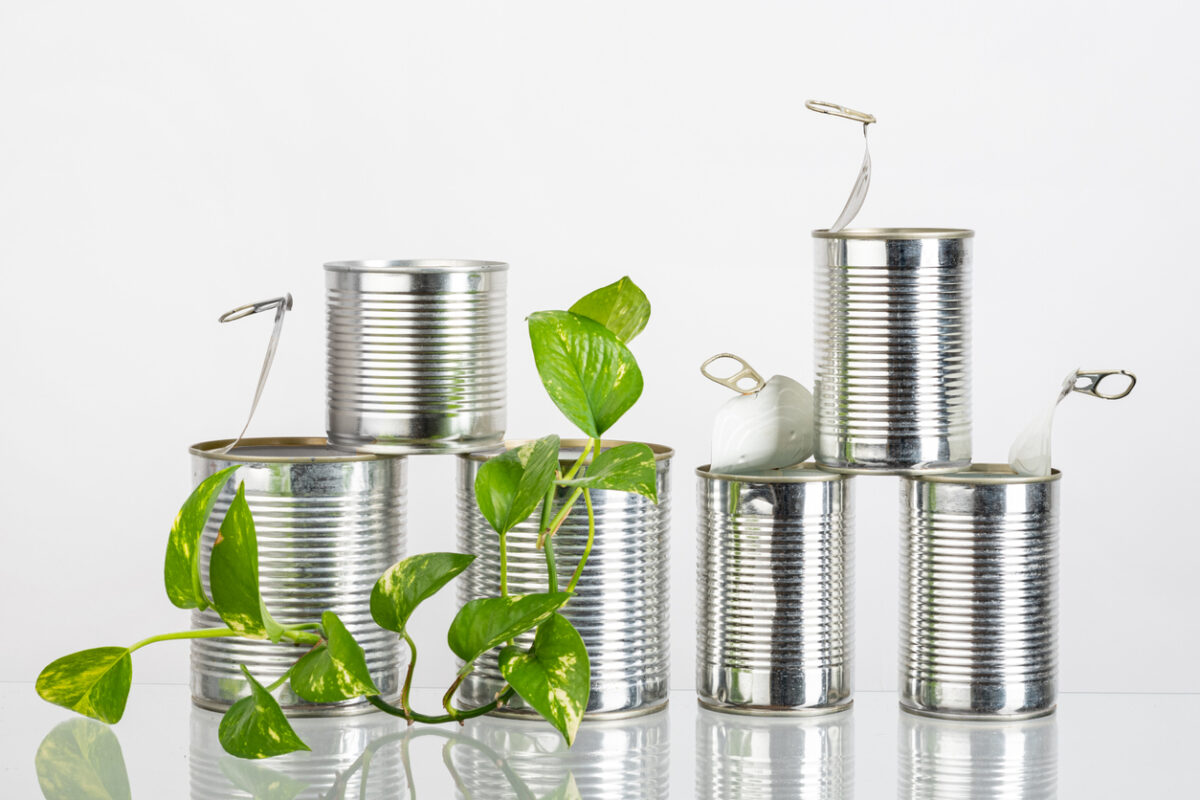Unveiling the Core: The Major Materials Used in Screen Printing
Screen printing, a versatile and widely-used printing technique, has become a staple in various industries, from textiles to electronics. Understanding the materials that underpin this process is crucial for anyone looking to delve deeper into the art and science of screen printing. In this article, we will explore the major materials used in screen printing, their properties, and their applications, providing a comprehensive overview that caters to both novices and seasoned professionals.
The Foundation: Screen Printing Inks
At the heart of screen printing lies the ink, which is pivotal in determining the quality and durability of the final product. The major types of inks used in screen printing include:
- Plastisol Inks:
Plastisol inks are the most commonly used inks in the textile industry. Composed of PVC particles suspended in a plasticizer, these inks are known for their vibrant colors and excellent opacity. They require heat to cure, making them ideal for printing on various fabrics. One of the significant advantages of plastisol inks is their ability to maintain color consistency and durability, even after multiple washes. However, they can be less environmentally friendly due to their PVC content. - Water-Based Inks:
Water-based inks are gaining popularity due to their eco-friendliness and ease of use. These inks are made from pigments suspended in water, making them less harmful to the environment compared to plastisol inks. Water-based inks penetrate the fabric fibers, resulting in a soft hand feel and excellent breathability. However, they may require more careful handling and specific curing conditions to achieve optimal results. - Discharge Inks:
Discharge inks are unique in that they remove the dye from the fabric rather than applying a layer of color on top. This process results in a soft print that retains the fabric's original texture. Discharge inks are particularly popular for printing on dark fabrics, as they can create vibrant colors without the heaviness associated with traditional inks. However, they require specific conditions and may not be suitable for all fabric types. - Solvent-Based Inks:
Solvent-based inks are primarily used for printing on non-porous surfaces such as plastics and metals. These inks contain pigments suspended in a solvent, which evaporates during the drying process, leaving behind a durable and weather-resistant print. While solvent-based inks offer excellent adhesion and durability, they can emit harmful fumes, necessitating proper ventilation during use.
The Screen: Mesh and Frames
The screen itself is a crucial component of the screen printing process. It consists of a mesh stretched over a frame, and the choice of mesh and frame materials can significantly impact the quality of the print.
- Mesh:
The mesh is typically made from polyester or nylon, with varying thread counts that determine the ink deposit and detail of the print. A lower thread count allows for a thicker ink deposit, making it suitable for bold designs, while a higher thread count is ideal for fine details and intricate designs. The mesh's tension is also critical; a well-tensioned screen ensures consistent ink transfer and sharp prints. - Frames:
Frames are usually made from aluminum or wood. Aluminum frames are lightweight, durable, and resistant to warping, making them a popular choice among professionals. Wooden frames, while heavier and more prone to warping, can be more cost-effective for smaller operations. The choice of frame material can influence the overall stability and longevity of the screen.
Emulsions and Stencils
Creating a stencil is an essential step in screen printing, and this is where emulsions come into play. Emulsions are light-sensitive liquids that are applied to the screen to create the desired design.
- Photo Emulsions:
Photo emulsions are the most common type used in screen printing. They are applied to the screen and then exposed to light through a film positive of the design. The areas exposed to light harden, while the unexposed areas remain soft and can be washed away, creating a stencil. The choice of emulsion can affect the resolution and durability of the stencil, with some emulsions designed for specific inks or printing conditions. - Direct Stencil Methods:
In addition to photo emulsions, direct stencil methods such as vinyl cutting or hand-cut stencils can be used. These methods are often quicker and can be more cost-effective for small runs or one-off designs. However, they may not offer the same level of detail or durability as photo emulsion stencils.
Conclusion: The Art of Material Selection
In conclusion, the major materials used in screen printing—inks, screens, emulsions, and frames—play a vital role in determining the quality and effectiveness of the printing process. Understanding the properties and applications of these materials allows screen printers to make informed decisions that enhance their work's quality and sustainability. As the industry continues to evolve, staying abreast of material advancements and innovations will be essential for anyone looking to excel in the world of screen printing. Whether you are a hobbyist or a professional, mastering the art of material selection is key to achieving stunning results in your screen printing endeavors.

